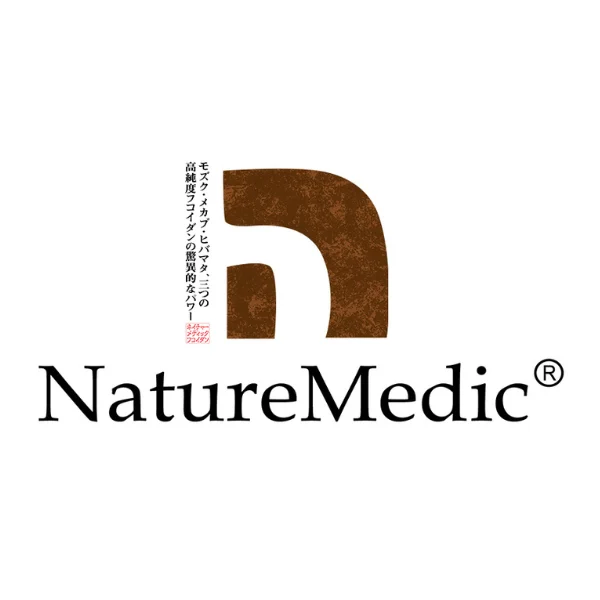Once you first hear the time period “full protein,” you might simply suppose it’s a type of advertising and marketing buzzwords used to make merchandise sound, nicely, more healthy. (See additionally: “all-natural.”) Nevertheless it’s truly a legit diet time period—even when the which means isn’t instantly clear.
Earlier than we delve into what a whole protein truly is, let’s take a step again for a sec and discuss why all kinds of protein are essential. One of many three macronutrients—together with carbs and fat—protein famously affords a post-workout enhance, however that’s not all. “Protein’s essential for extra than simply muscle constructing,” Desiree Nielsen, RD, a recipe developer with a deal with plant-based diet, tells SELF. Not solely does it fill you up, she says, “it helps to maintain blood sugar balanced, it’s essential for bone well being, and it’s essential for immune perform.” As for the way a lot that you must reap these advantages? Sources differ, however Harvard Well being stories that women and men ought to usually intention to devour about 46 and 56 grams per day, respectively (or, in the event you’re prepared to do some math, about 0.36 grams per pound of physique weight). For those who train, although, that quantity climbs larger: The American School of Sports activities Medication recommends lively people (like those that carry weights or are coaching for a operating or biking occasion) absorb 0.5 to 0.8 grams per pound .
Okay, protein is tremendous essential, however how does a whole one match into the image? Learn on to search out out what a whole protein truly is, why they’re essential, and the easiest way to suit them into your food plan.
What’s a whole protein, anyway?
To reply this query, let’s suppose again to highschool bio class. You would possibly dimly keep in mind your trainer mentioning amino acids—molecules that mix to kind proteins, in any other case referred to as the constructing blocks of life. There are a complete of 20 amino acids, and they’re divided into three most important classes: important, semi-essential (or conditionally important), and non-essential.
“Non-essential implies that our physique could make them itself, so there’s no requirement to get them straight from meals,” Nielsen says. Semi-essential amino acids are additionally synthesized by your physique, however should be supplemented throughout instances of stress. Lastly, “important means the physique can not produce them in any respect, and it’s crucial that we get them from meals.”
Of the 20 amino acids, 9 are thought of important: histidine, isoleucine, leucine, lysine, methionine, phenylalanine, threonine, tryptophan, and valine. Mainly, full proteins are meals that include all 9 in satisfactory quantities, and embody most animal merchandise, Janice Dada, MPH, RDN, an authorized intuitive consuming counselor primarily based in California, tells SELF.
Each animal and plant proteins include some mixture of the 20 amino acids, however not essentially all 9 important ones. In distinction to finish proteins, people who don’t include all 9 in satisfactory quantities are referred to as incomplete proteins.
Most plant merchandise fall into this class, together with beans, grains, nuts, peas, seeds, and greens. Normally, they’re thought of incomplete proteins as a result of they’re poor in a single or two of the important amino acids—“what we name limiting amino acids,” Nielsen says.




